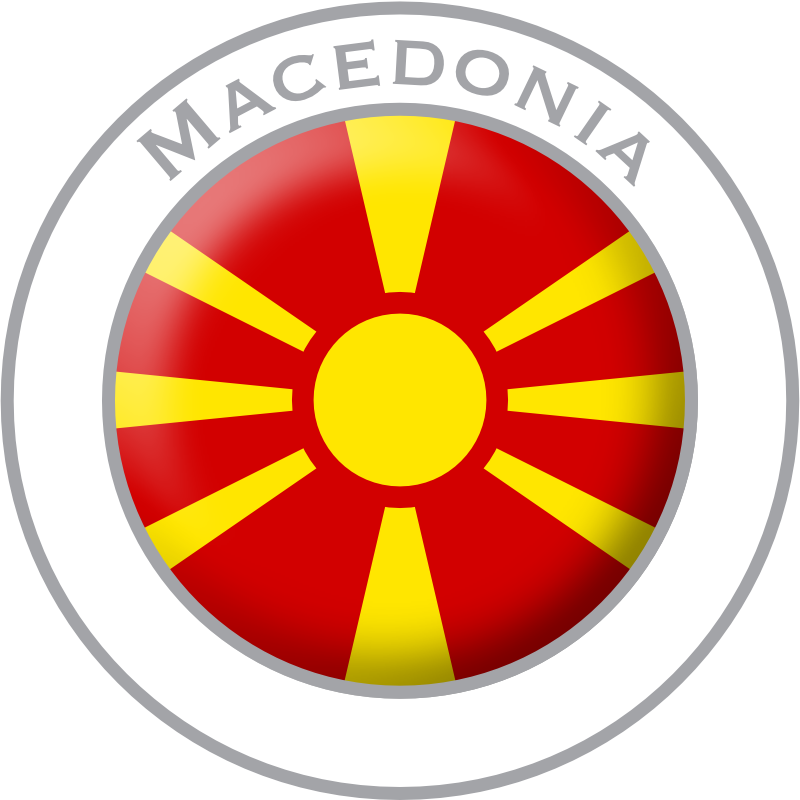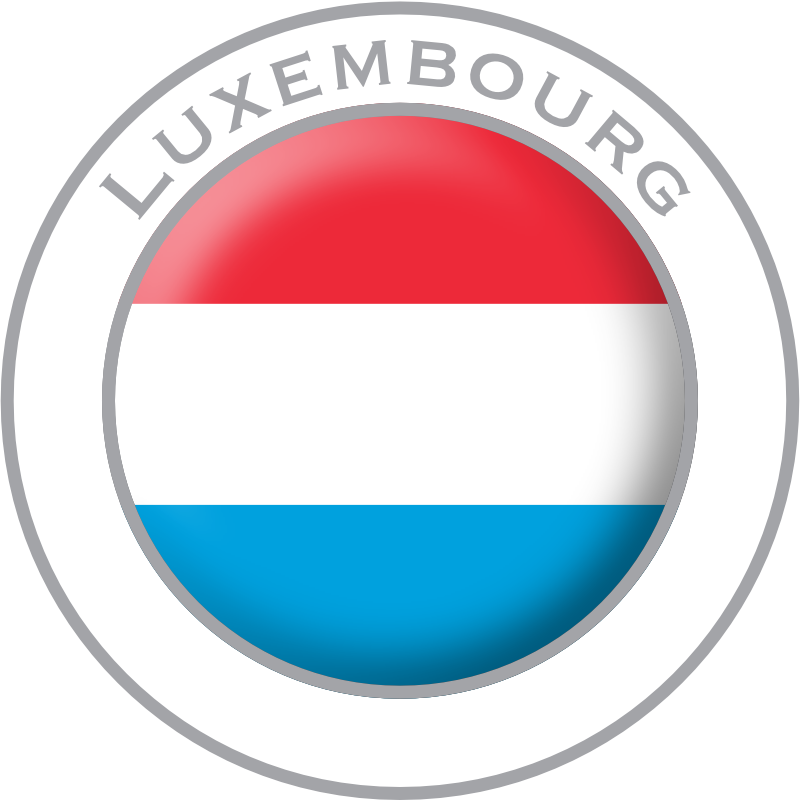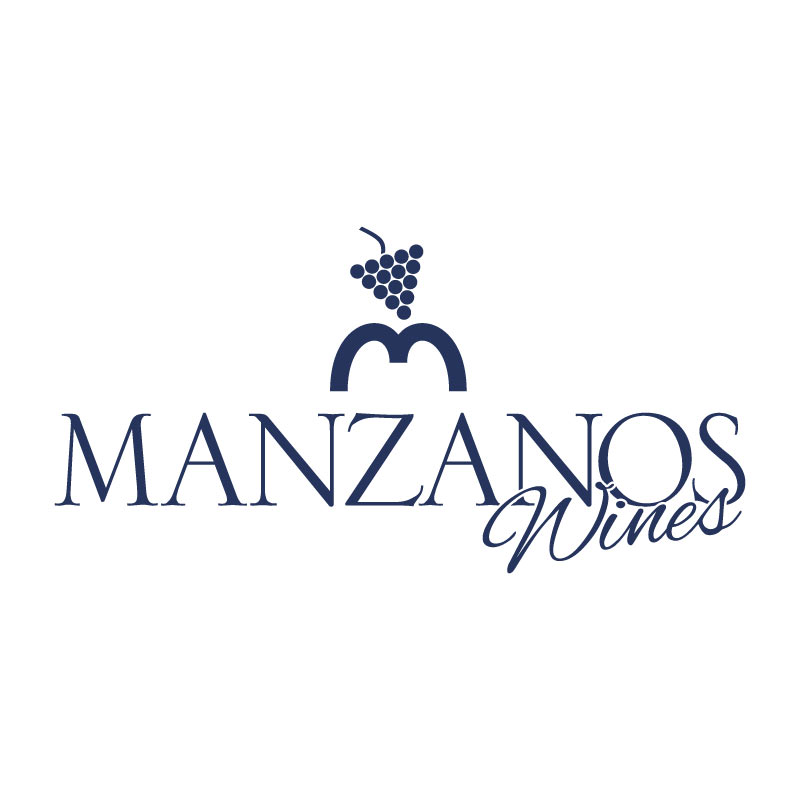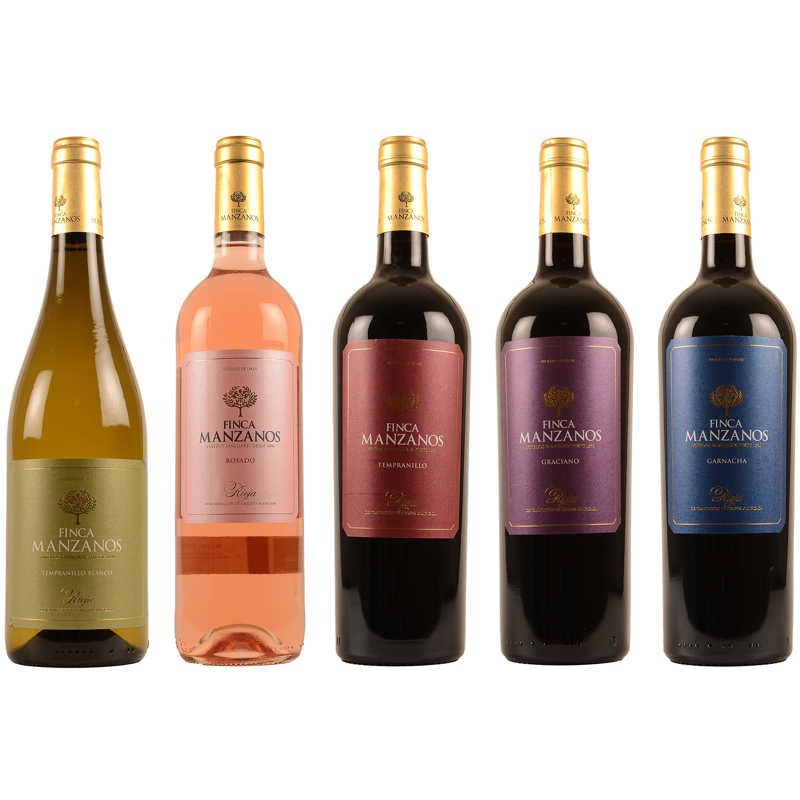Finca Manzanos
Rioja et Navarra • Espagne
People
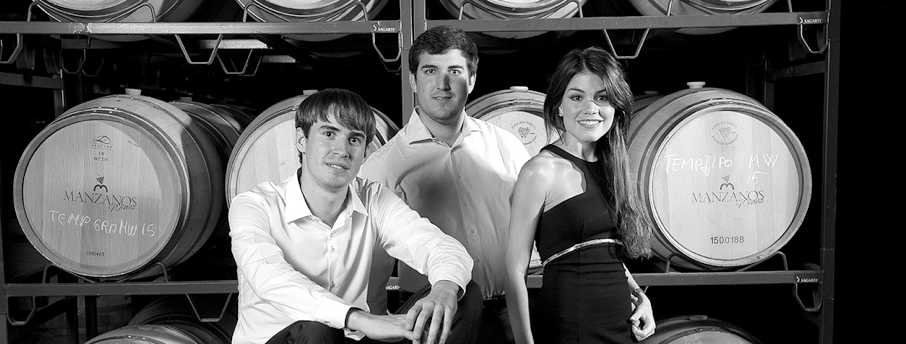
Nowadays, the public faces of Bodegas Manzanos are those of the brothers Víctor, and David Fernández de Manzanos, as well as Laura Mateo, wife of the former.
In 2010, these young entrepreneurs took the reins of the winery to turn Manzanos Wines into a prosperous business, modern and endowed with the latest technologies in the field. A business that has managed to preserve the old flavour of tradition and the legacy received. Many changes have occurred in Manzanos.
Víctor, the eldest son of Fernández de Manzanos Pastor, disembarked in the winery after arriving from London, prepared to take the reins of the family business.
After the incorporation of Víctor comes his wife, Laura Mateo: a sworn translator and interpreter and MBA Executive by Icade, who having also studied in London, assumes, with the firm hand of one who holds a position of responsibility coupled with the initiative and enthusiasm of a youngster, the general management of the winery. The team is completed in 2014 with the youngest of the Fernández de Manzanos, David, an Industrial Engineer educated at the University of Deusto and VIA University College in Denmark, who heads the production department from his position as Director of Operations.
History
The history of Manzanos Wines is the story of a family, their effort, their perseverance and their know-how. The Fernández de Manzanos have been cultivating vineyards and producing wines for more than a century. It was exactly in 1890 when the first generation of the Fernández de Manzanos family established a small winery in Azagra. In the 90's, Víctor Fernández de Manzanos Pastor, the fourth generation of the family, joined the family business after studying Chemical Engineering and having obtained a Master's Degree in Viticulture and Enology by the Technical School of Agronomic Engineering from Madrid Polytechnical University. Víctor is the first member of the family with training in viticulture and oenology. Víctor then builds the Winery Marqués de Butrago and decides to perform his life project, the construction of Bodegas Manzanos.
His father, Víctor Fernández de Manzanos Pastor, author of the project for the current winery, had suddenly just died and this young man, at only twenty years of age, became the company's engine, assuming the position of CEO. At that time, the company lacked creditworthiness, asphyxiated by the credits for the new facilities and the distribution of product was confined to the local scope with the traditional brand, Viña Marichalar, to which a new mid-high range brand had just been added, Finca Manzanos, gave way to the start of the Bodegas Manzanos project.
Winery
The winery had four underground floors for wine elaboration and ageing and a common reception area on the ground floor. Today the company's team is made up of more than 130 people. The young Fernández de Manzanos, passionate about business since he was a teenager, decides on a major business expansion, materialized in what today is the Manzanos Enterprises group: a project with a division of wines, Manzanos Wines, with a total of ten wineries in several appellations, and another series of companies in different sectors.
The work of Víctor Fernández de Manzanos has been key in this process of transformation and growth of the family business. The company come from old and unused wineries with little production capacity, to renovated buildings and renovated facilities and to 300 hectares of vineyard in property and 700 more under own control, and all just in the Qualified Denomination of Origin Of Rioja.
Terroir
Each area and each valley of Rioja have unique features. These features widely depend on the relation between the climate, the soil and the vineyard. The vineyards are distributed throughout different municipalities, it allows the explotation of the different soils as well as parcel to have the optimal ripening. This fact makes possible to harvest different parcels at different times. This diversity also makes possible for Manzanos Wines' wineries to create wines that show the potential and the features of each area, with a common identity that is easy to recognize.






